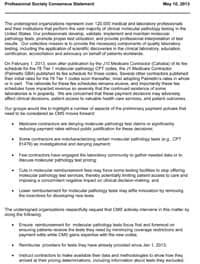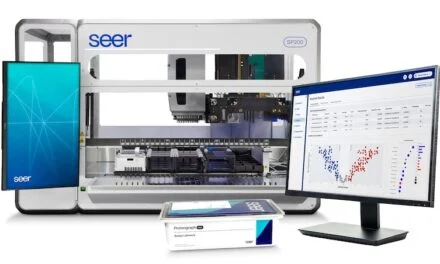Summary A study highlights lipoproteins as RNA carriers in saliva, raising concerns about extracellular vesicle contamination while exploring their potential as biomarkers for disease diagnostics.
Takeaways
- Lipoproteins as RNA Carriers: The study identifies lipoproteins as significant RNA carriers in saliva, potentially contaminating extracellular vesicle (EV) biomarker studies.
- Refining Isolation Methods: Researchers emphasize the need for improved protocols to ensure EV purity and minimize bias in salivary RNA research.
- New Biomarker Potential: Lipoproteins themselves may serve as promising biomarkers for health and disease diagnostics, opening new avenues for research.
A new article highlights lipoproteins as potential RNA carriers in saliva, raising concerns about contamination in extracellular vesicle biomarker studies. The authors advocate for refined isolation methods and suggest lipoproteins may serve as promising biomarkers for health and disease diagnostics.
How Lipoproteins Influence Biomarkers
The new perspective article authored by Tiago Degani Veit, PhD, and collaborators from the Federal University of Rio Grande do Sul highlights a crucial consideration for salivary biomarker research: the potential role of lipoproteins as carriers of RNA. Published in ExRNA, this article raises awareness about how lipoproteins may influence the study of extracellular vesicle (EV)-associated biomarkers.
Analyzing Extracellular Vesicles
Extracellular vesicles, microscopic structures central to cell communication, have been widely studied for their RNA content, especially microRNAs, as biomarkers for diseases. Saliva, a non-invasive and accessible biological fluid, has gained attention for its diagnostic potential. However, this study points to the role of lipoproteins—traditionally known for their role in lipid transport in blood—as significant carriers of RNA in saliva.
Veit and his team propose that lipoproteins may contaminate EV preparations, influencing miRNA profiles and potentially biasing biomarker studies.
“Our findings suggest that lipoproteins, even at reduced levels compared to plasma, could significantly contribute to the RNA content in salivary EV fractions,” says Veit. “This necessitates revisiting current protocols to ensure the purity of EV samples.”
The research draws on proteomic data, including evidence from ultracentrifugation studies, to demonstrate the presence of hallmark lipoproteins in saliva. By advocating for rigorous isolation methods and the inclusion of lipoprotein markers in EV research, the study aims to pave the way for more reliable biomarker discoveries.
Further Reading
Veit’s team emphasizes the dual significance of their findings: addressing lipoprotein contamination to improve EV research and exploring the potential of lipoproteins themselves as biomarkers. This study not only challenges existing methodologies but also opens new avenues for understanding salivary RNA landscapes in health and disease.
Featured image: Besides EVs, saliva carries other particulate sources of miRNAs, such as lipoproteins. Commonly used one-step EV isolation protocols (such as UC and PEG or commercial kit precipitation) fail to remove all lipoproteins from EV preparations, which could act as confounding factors in EV salivary biomarker studies, especially those focusing on miRNAs. Photo: Tiago Degani Veit, Fernanda Visioli, José Artur Bogo Chies/Federal University of Rio Grande do Sul





